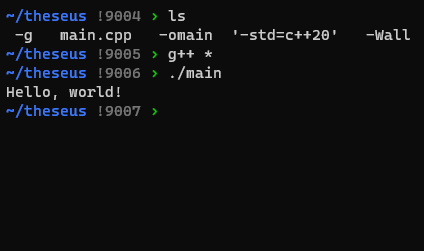

making the place less equal, more of a broadcast medium, and less accessible to unconnected individuals and small groups.
I do not think it is a very good analogy. I do not see how this would turn into a broadcast medium. Though I do agree it can feel less accessible and there is a risk of building echo chambers.
How does an instance get into one of these archipelagos if they use allowlists?
By reaching out, I would say. It’s most likely a death sentence for one-persone instances. Which is not ideal. On the other hand, I’ve seen people managing their own instance give up on the idea when they realized how little control they have over what gets replicated on their instance and how much work is required to moderate replies and such. In short, the tooling is not quite there.





Ah, I get you. That’s true.